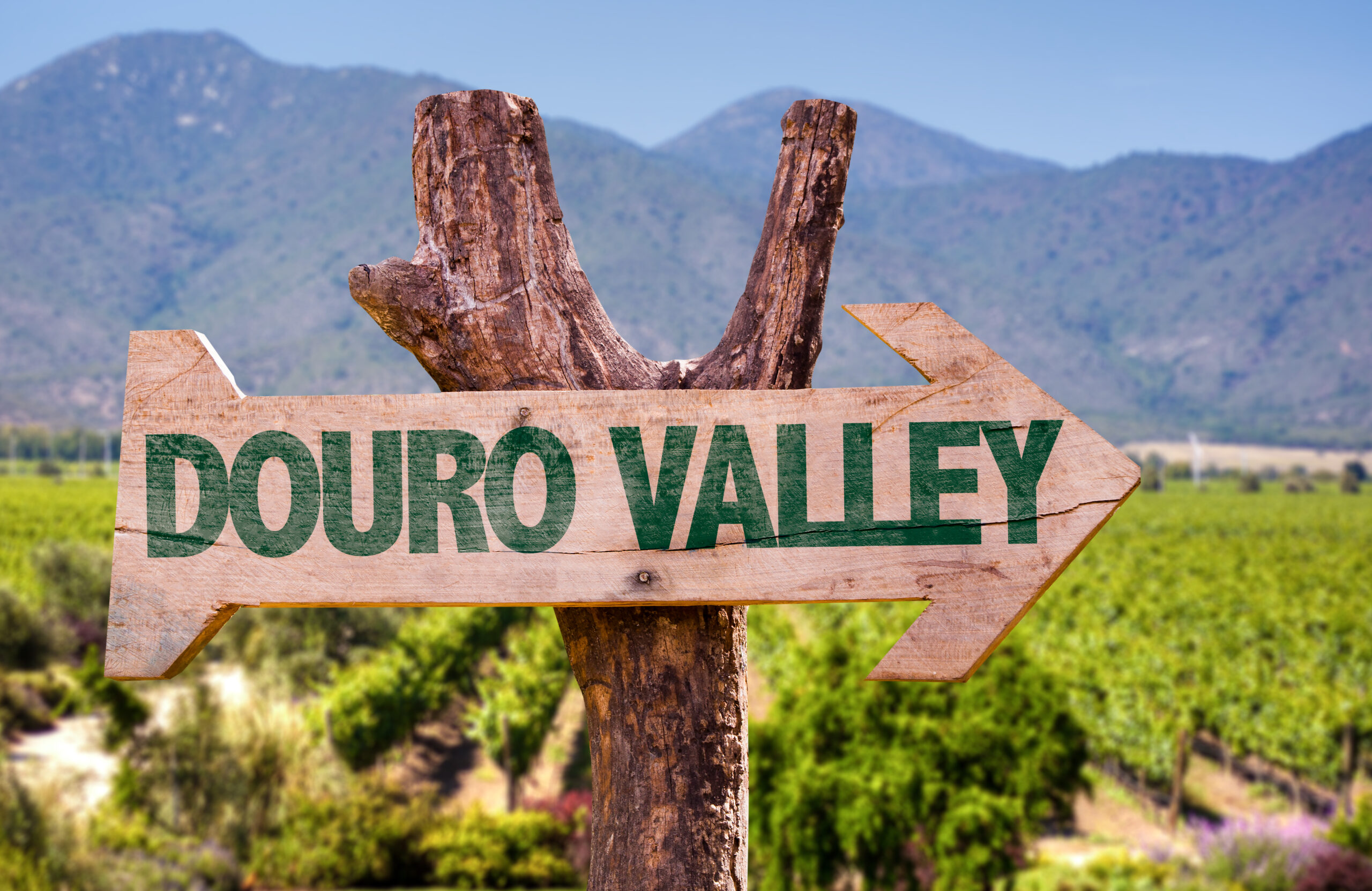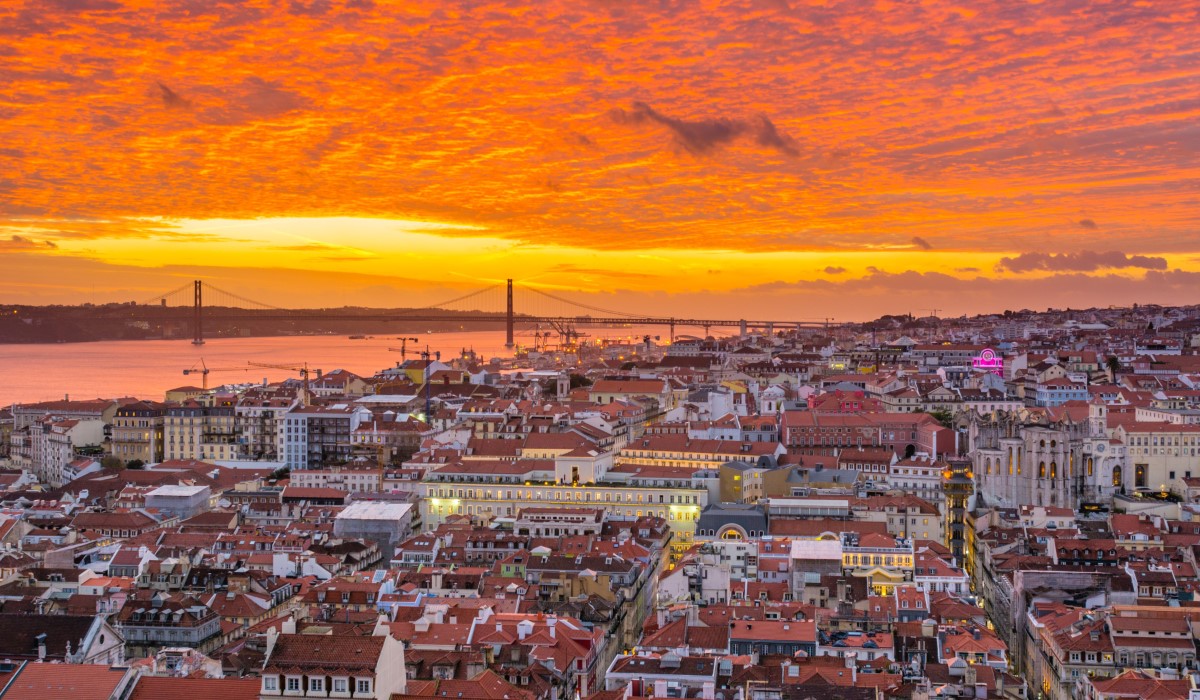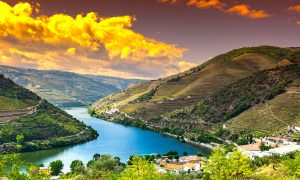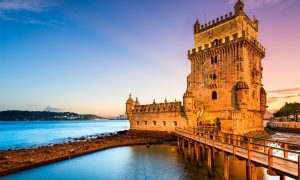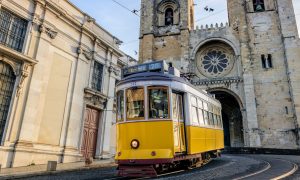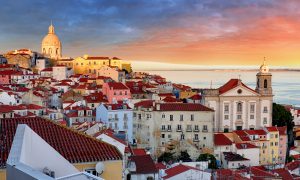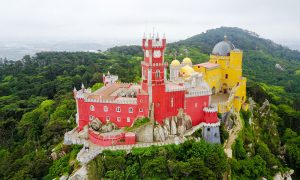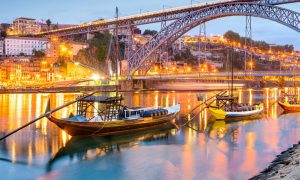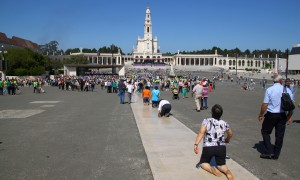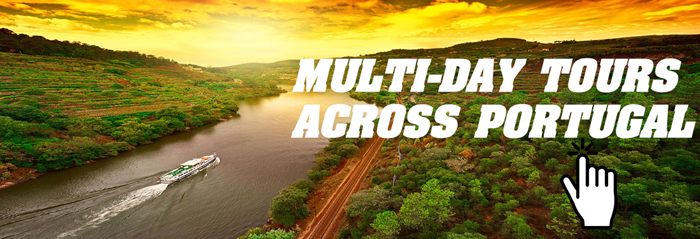Nestled in the lush hills of the Serra de Sintra, just a stone’s throw away from Portugal’s bustling capital, lies Sintra—a town that is nothing short of a fairy tale. With its majestic palaces, ancient castles, and verdant gardens, Sintra has long been a favorite retreat for royalty, poets, and travelers seeking inspiration. This journey will take you through the hidden treasures and mystical allure of one of Portugal’s most enchanting destinations.
Discovering the Enchantment of Sintra’s Hidden Gems
From the moment you set foot in Sintra, the air feels different—crisper, infused with an almost palpable sense of history and magic. The town itself, a UNESCO World Heritage site, is a labyrinth of cobblestone streets and pastel-hued houses that climb the hills in picturesque disarray. One of the first gems to discover is the Quinta da Regaleira, a whimsical estate that blends Gothic, Renaissance, and Manueline architectural elements. Inside, you’ll find the enigmatic Initiation Well, a spiraling staircase that descends into darkness, evoking a sense of mystery and wonder as it symbolizes a journey into the depths of the earth.
As you wander further, the Moorish Castle, perched high above the town, beckons with its ancient stone walls and battlements. Originally constructed by the Moors in the 8th century, this fortress offers panoramic views of the surrounding hills and the distant Atlantic Ocean. The climb is steep, but the reward is an unparalleled sense of stepping back in time, where you can almost hear the whispers of bygone battles carried on the wind.
Another hidden gem is the Monserrate Palace, which often gets overshadowed by its more famous counterparts. However, this 19th-century architectural marvel is a feast for the eyes with its intricate Mughal-inspired designs, lush gardens, and serene lakes. The palace and its grounds are less frequented, offering a peaceful respite and a chance to connect with nature and history in quiet contemplation.
A Journey Through Portugal’s Mystical Wonderland
Your journey through Sintra would be incomplete without a visit to the Pena Palace, a colorful and eclectic masterpiece that crowns the town’s highest hill. This Romanticist castle is an explosion of vivid yellows, reds, and blues, adorned with statues, turrets, and gargoyles that look like they leapt straight out of a storybook. As you stroll through the palace’s opulent rooms and expansive terraces, you’ll feel like royalty, experiencing a blend of architectural styles that reflect Portugal’s diverse cultural influences.
Venturing into the surrounding forests, the trails of the Sintra-Cascais Natural Park lead you to yet another wonder: the Convent of the Capuchos. This humble 16th-century Franciscan monastery, built into the rocky landscape, offers a stark contrast to the grandeur of Sintra’s palaces. It’s a place of ascetic beauty where simplicity reigns, with tiny cells, austere chapels, and cork-lined walls that create an atmosphere of peaceful introspection.
No journey through Sintra’s mystical wonderland would be complete without exploring its culinary delights. The town is renowned for its traditional pastries, such as the Travesseiros and Queijadas, which are best savored with a cup of locally brewed coffee in one of Sintra’s charming cafes. These sweet treats provide a delicious finale to your exploration, grounding your experiences in the rich, sensory tapestry of Portuguese culture.
Sintra is not merely a destination; it’s an experience that transcends the ordinary, inviting you to step into a world where history, nature, and fantasy coexist in harmonious splendor. Every corner of this mystical town holds a story, waiting to be discovered by those who seek to unravel its secrets. As you leave Sintra behind, the memories of its hidden gems and enchanting landscapes will linger, calling you back to this magical place time and time again. Whether you’re an intrepid explorer, a history buff, or a dreamer at heart, Sintra promises a journey that will inspire and transform you, long after you’ve returned to the everyday world.




